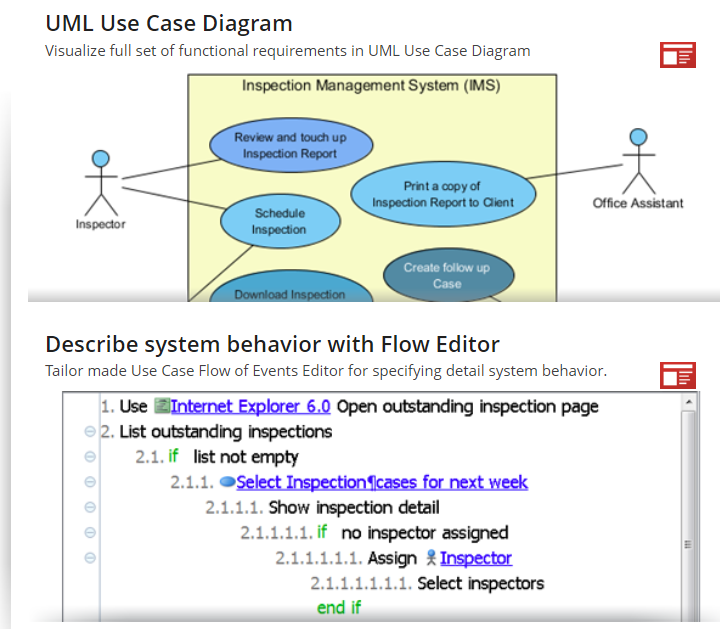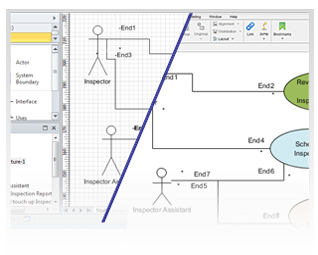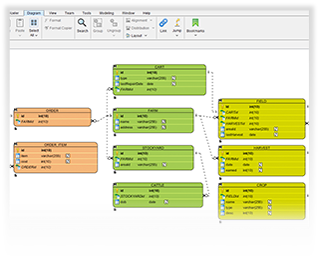Sprint Planning Meeting: The Heartbeat of Agile Development
In the world of Agile software development, the Sprint Planning Meeting stands as a crucial event that sets the tone and direction for the upcoming sprint. This collaborative gathering is where teams come together to define their goals, allocate tasks, and ensure everyone is on the same page. In this article, we will explore the importance of Sprint Planning Meetings, provide a meeting template, and offer an example to illustrate the process. The Significance of Sprint Planning Meetings Sprint Planning Meetings are a cornerstone of the Scrum framework, one of the most widely…continue reading →





